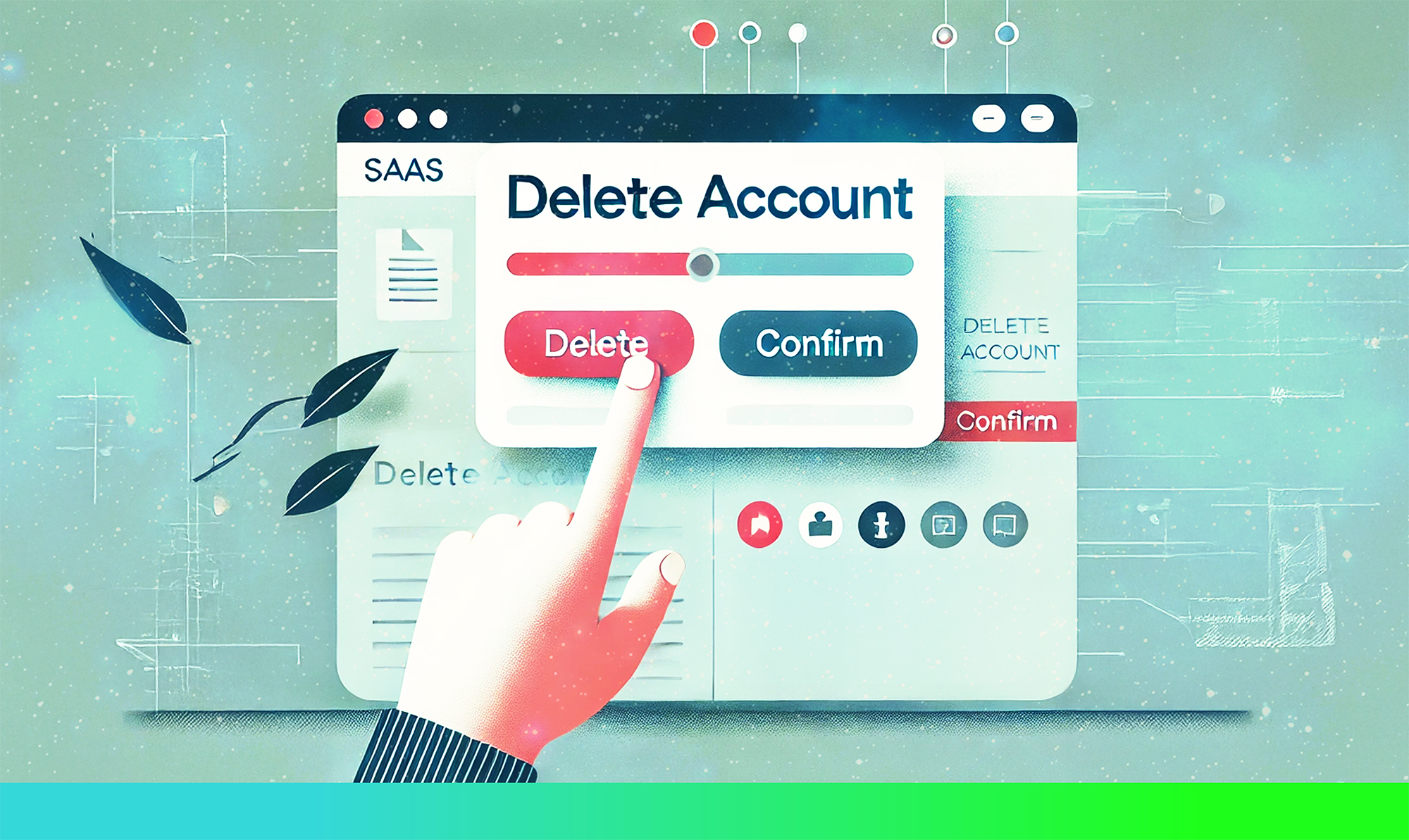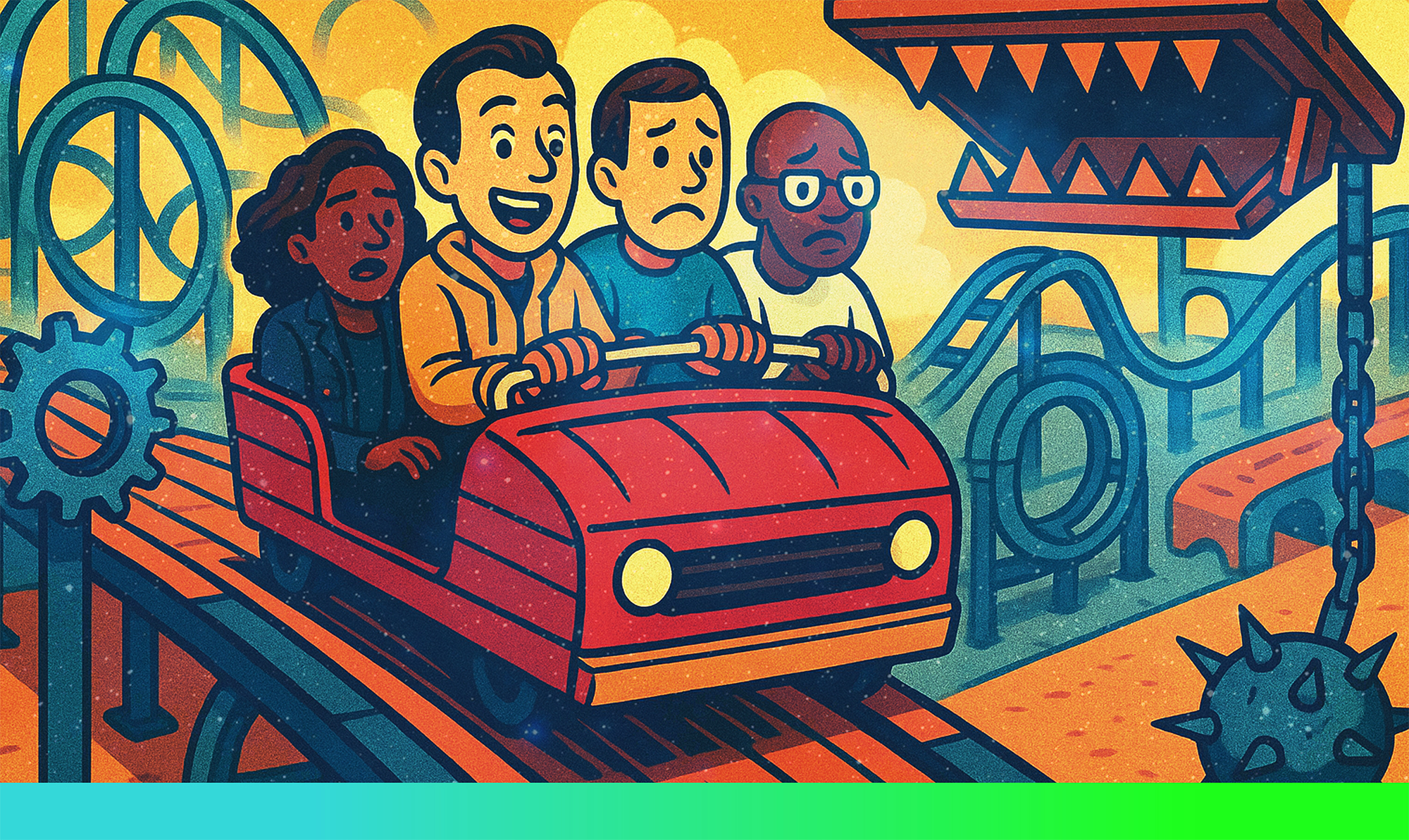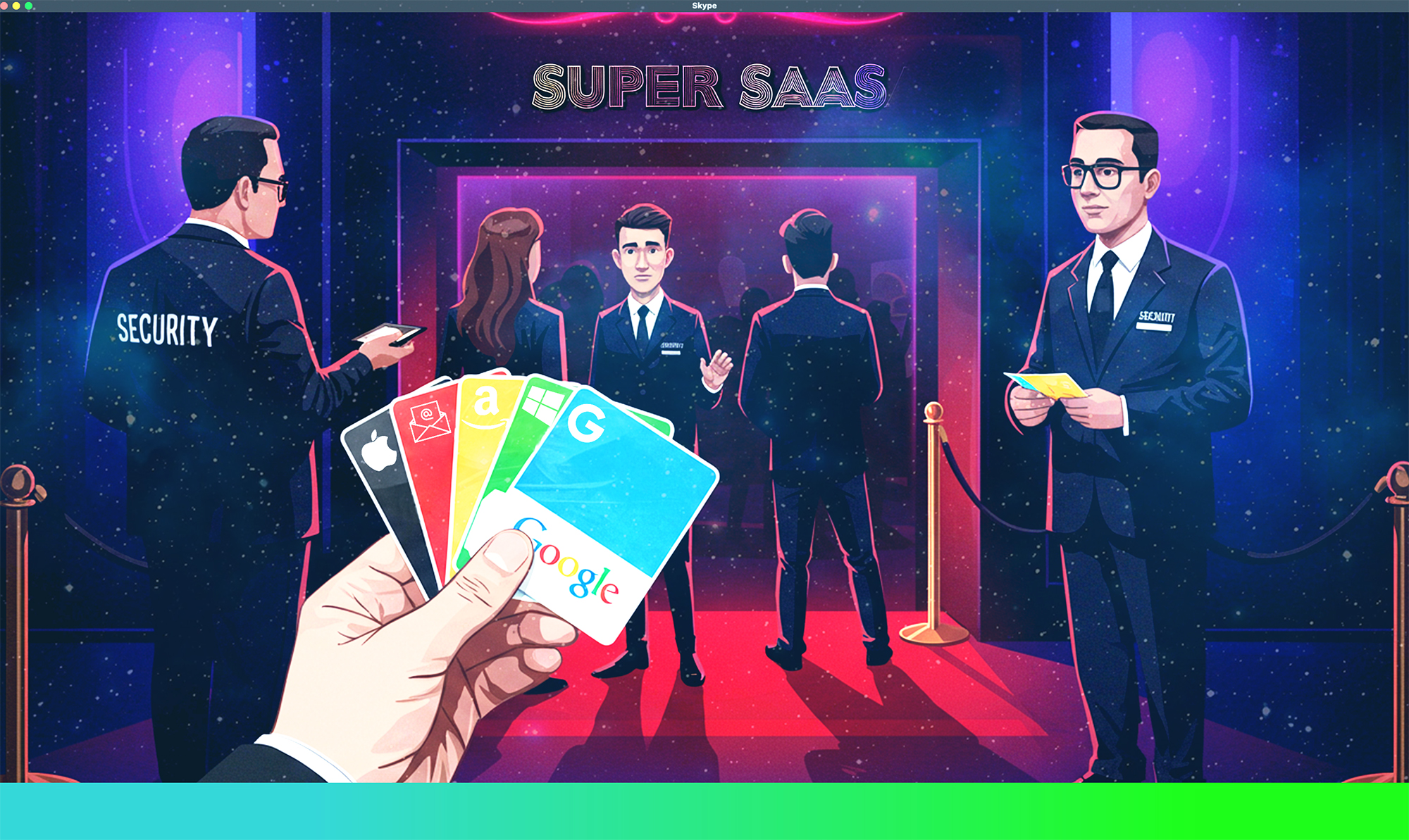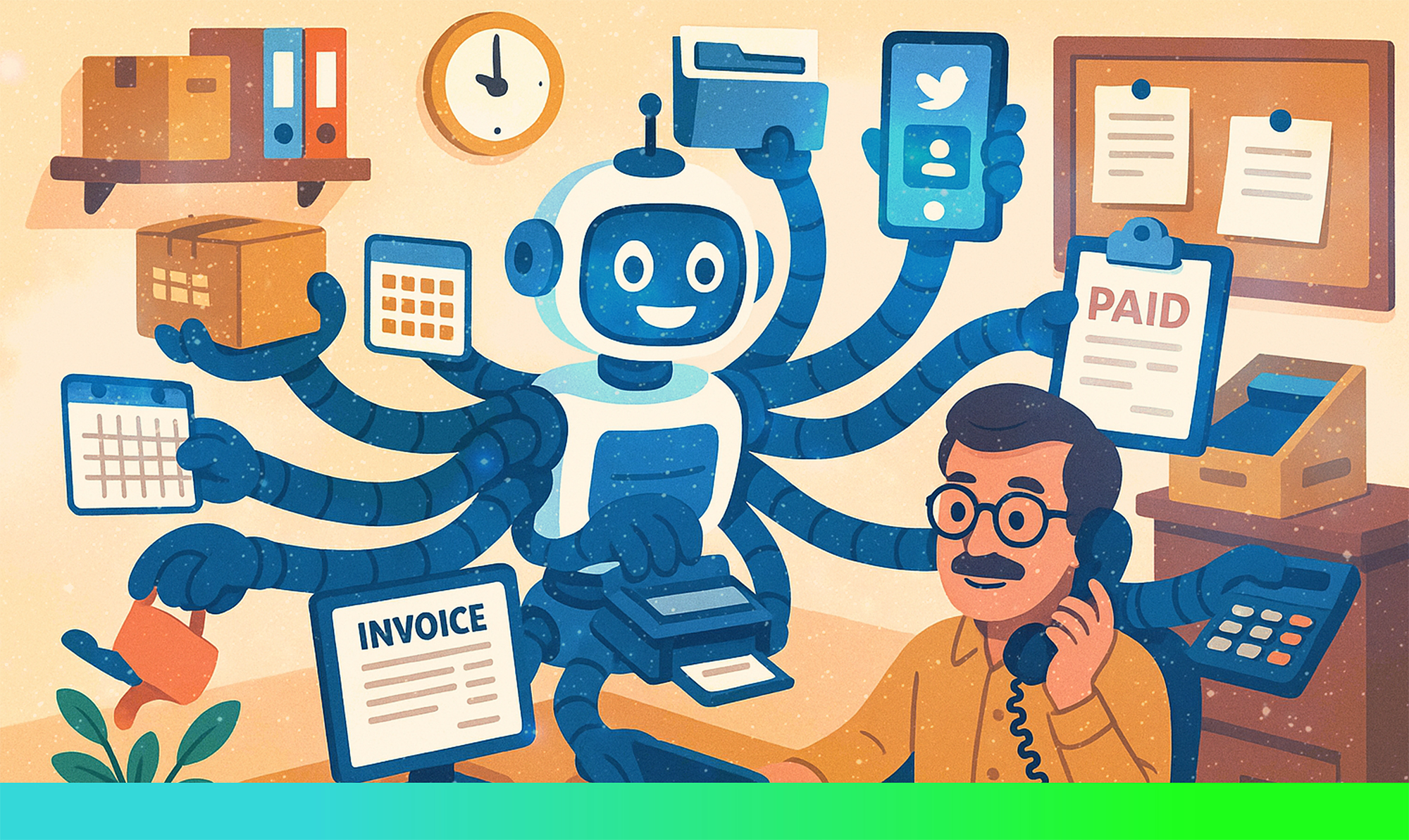
It’s no secret that SaaS and web applications are in a competitive landscape. User retention and revenue are critical metrics for success.
A well-crafted user experience (UX) and intuitive user interface (UI) can transform how users perceive and interact with your product—boosting satisfaction, loyalty, and revenue streams.
Let’s explore the connection between UX/UI and these vital business outcomes.
Why UX/UI Matters for Startups
Entrepreneurs and startup founders often juggle many priorities, but neglecting UX/UI can cost you users and, ultimately, revenue. Here’s why:
✅ First Impressions Matter: A visually appealing and functional interface is your first chance to impress users. Studies show that 75% of users judge a company’s credibility based on its website design.
Practical Tip: Use professional design tools like Figma or Adobe XD to create a visually compelling interface.
✅ Reducing Friction: Seamless navigation and intuitive workflows encourage users to complete actions like signing up, subscribing, or making purchases.
Example: Shopify’s onboarding process guides users step-by-step in setting up their store, reducing the feeling of being overwhelmed and increasing sign-ups.
✅ Differentiating Your Brand: A unique and user-friendly interface sets your product apart from competitors in a crowded market.
Practical Tip: Conduct competitor analysis to identify gaps in their UX/UI and position your design as a superior alternative.
How UX/UI Boosts User Retention
Enhancing Usability: Easy-to-navigate interfaces and clear call-to-action buttons ensure users can accomplish their goals effortlessly. Example: Trello’s clean design and drag-and-drop functionality make project management intuitive for teams.
Practical Tip: Use tools like UsabilityHub to test navigation paths with real users.
Building Trust: Consistency in design, such as uniform colour schemes and typography, builds trust and makes your product feel reliable.
Tip: Avoid drastic design changes without warning; users appreciate stability.
Personalisation: Tailored experiences, such as customised dashboards or relevant product recommendations, make users feel valued. Example: Spotify’s personalised playlists are a prime example of UX design enhancing user retention.
Practical Tip: Leverage AI tools like Segment to deliver personalised user experiences.
Minimising Churn: Proactively addressing pain points and offering in-app support reduces the likelihood of users abandoning your product.
Tip: Implement exit surveys or automated re-engagement emails to understand and address user concerns.
Example: Zendesk’s in-app chat feature helps resolve user issues in real time, preventing frustration.
Driving Revenue Through UX/UI
✅ Simplified Purchase Processes: Reduce cart abandonment by streamlining payment workflows and offering multiple payment options.
Example: SaaS platforms like Canva simplify upgrades to premium plans with one-click purchases.
Practical Tip: Include a progress bar during multi-step purchases to keep users informed.
✅ Upselling and Cross-Selling: Use smart design placements to suggest premium features or complementary products without being intrusive.
Tip: Highlight benefits clearly, and use non-disruptive prompts.
Example: Amazon’s “Frequently Bought Together” section effectively boosts cross-selling revenue.
✅ Improving Trial-to-Paid Conversions: Offer clear value during free trials, ensuring users experience the benefits of premium features.
Example: Tools like Asana showcase advanced features during trials with unobtrusive “learn more” buttons.
Practical Tip: Send email reminders near the end of trial periods to highlight the benefits of upgrading.
✅ Encouraging Loyalty Through Rewards: Integrate loyalty programs or gamified elements to incentivise continued use.
Example: Duolingo’s streak rewards create an addictive user experience.
Practical Tip: Use progress trackers or badges to reward users for consistent engagement.
Best Practices for Entrepreneurs
✅ Invest in Usability Testing: Conduct A/B testing to compare different designs and understand what resonates with users.
Tip: Use tools like Hotjar or Google Analytics to track user behaviour and identify bottlenecks.
Example: Dropbox’s iterative design process involves regular usability testing to refine its interface.
✅ Focus on Onboarding: Simplify the onboarding process to ensure users quickly understand and see the value of your product.
Example: Slack’s interactive walkthrough effectively introduces new users to its core features.
Practical Tip: Use gamification to make onboarding more engaging.
✅ Embrace Mobile-First Design: Ensure your UX/UI is optimised for mobile devices, where a significant portion of users interact with SaaS products.
Tip: Responsive design isn’t optional—it’s a must.
Example: Airbnb’s app-first approach ensures seamless experiences on mobile devices.
✅ Gather User Feedback:Continuously improve your design by listening to your users through surveys, feedback forms, and support interactions.
Practical Tip: Regularly review the value your platform delivers by analysing user feedback and aligning it with your product goals. This helps ensure that your features meet user needs and expectations.
Practical Tip: Use Net Promoter Score (NPS) surveys to measure user satisfaction.
By focusing on usability, trust, personalisation, and seamless interactions, you can create a product that users love and return to—ultimately building a loyal customer base and sustainable business.




